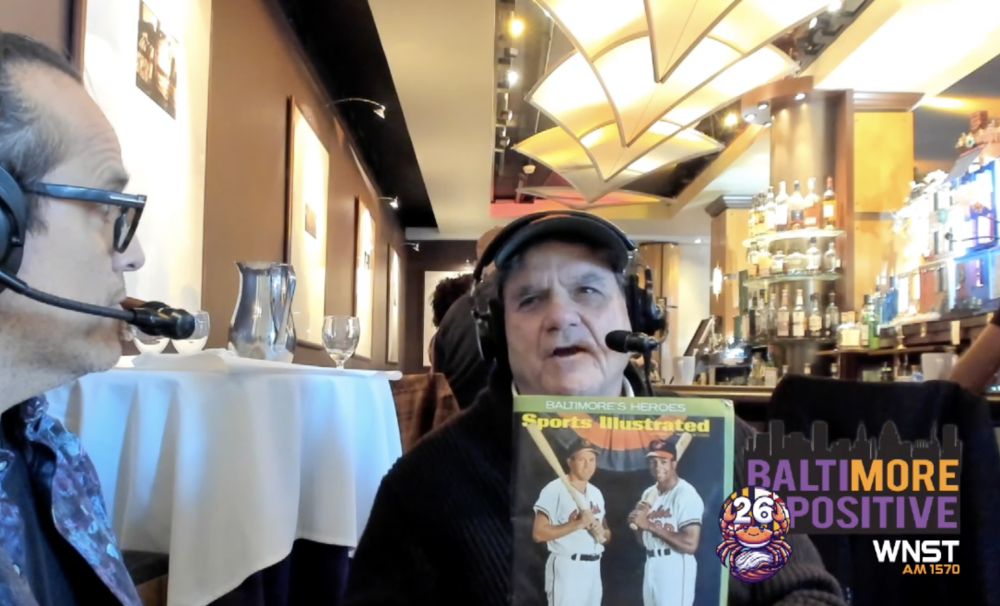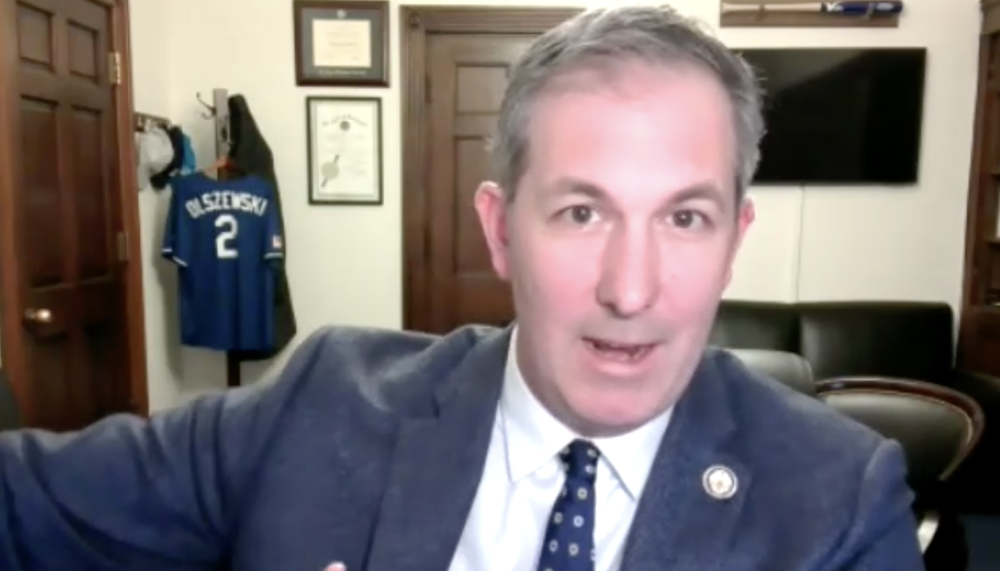Hindsight is always crystal clear and it takes no baseball genius to see that the Orioles trading Jake Arrieta to the Chicago Cubs looks like a terrible decision two years later.
But as Orioles fans wondered what might have been Sunday night as Arrieta pitched a no-hitter in Chavez Ravine — his league-leading 17th win of the season — many of those same individuals screamed for the organization to give up on the right-hander in 2013 when he sported a 5.46 career ERA in parts of four seasons in Baltimore. In trading Arrieta and erratic relief pitcher Pedro Strop, the Orioles picked up starting pitcher Scott Feldman (and catcher Steve Clevenger) to help in a push for a second straight playoff appearance that ultimately fell short.
Though executive vice president of baseball operations Dan Duquette fetched an underwhelming return for two flawed pitchers who still possessed plenty of upside and have gone on to have much success in Chicago, the big-picture concern is the Orioles’ longstanding inability to develop young pitching as Arrieta is just one in a long list of talented prospects not to pan out in Baltimore for a variety of reasons.
But that isn’t even the part of the equation that stings the most when you look back at the circumstances of the time. Despite electric stuff that Arrieta flashed on more than one occasion, the 27-year-old made just six career appearances with the Orioles out of the bullpen. There’s no disputing that he didn’t belong in the rotation with a 7.23 ERA in 2013, but why didn’t the Orioles move an arm such as his to the bullpen in a long relief role on at least a temporary basis?
Because the Orioles had Rule 5 pick T.J. McFarland stuck there.
If McFarland would have at least developed into a solid No. 4 or No. 5 starter by this point, everyone would still second-guess the Arrieta deal, but at least you could say the Orioles had brought another viable starter into the picture. Instead, the 26-year-old lefty is plugging away in a very similar role two years later and hasn’t been a real difference-maker.
Many have questioned the Orioles’ strange obsession with the Rule 5 draft and you can’t help but wonder if maybe — just maybe — Arrieta would have eventually figured it out after some time in the bullpen to either become a successful starter or at least move into a meaningful bullpen role in a way similar to All-Star closer Zach Britton. Maybe such a strategy would have only been delaying an inevitable release or a different trade down the line, but it would have been another avenue to explore with an untapped talent.
Instead, the organization viewed McFarland as the preferable option moving forward, which makes you doubt its talent evaluation in addition to the ability to develop pitchers.
A change of scenery ultimately worked perfectly for Arrieta as he’s blossomed into one of the best pitchers in baseball this year. No one would have reasonably bet on him finding this dramatic level of success when he was traded, but it’s disappointing that the organization preferred to trade him in order to rent an average starting pitcher — Feldman was never going to substantially move the meter in a playoff race — and to keep a lesser Rule 5 arm in a bullpen role perfectly suited for Arrieta at the time.
It isn’t so terrible that the Orioles gave up on Arrieta after 358 major league innings consisting of more hair-pulling frustration than success. Already 27 at the time, Arrieta may have never figured it out in Baltimore.
But what stings is the organization trading him away for little upside in return and without exhausting every avenue to try to make it work.


























